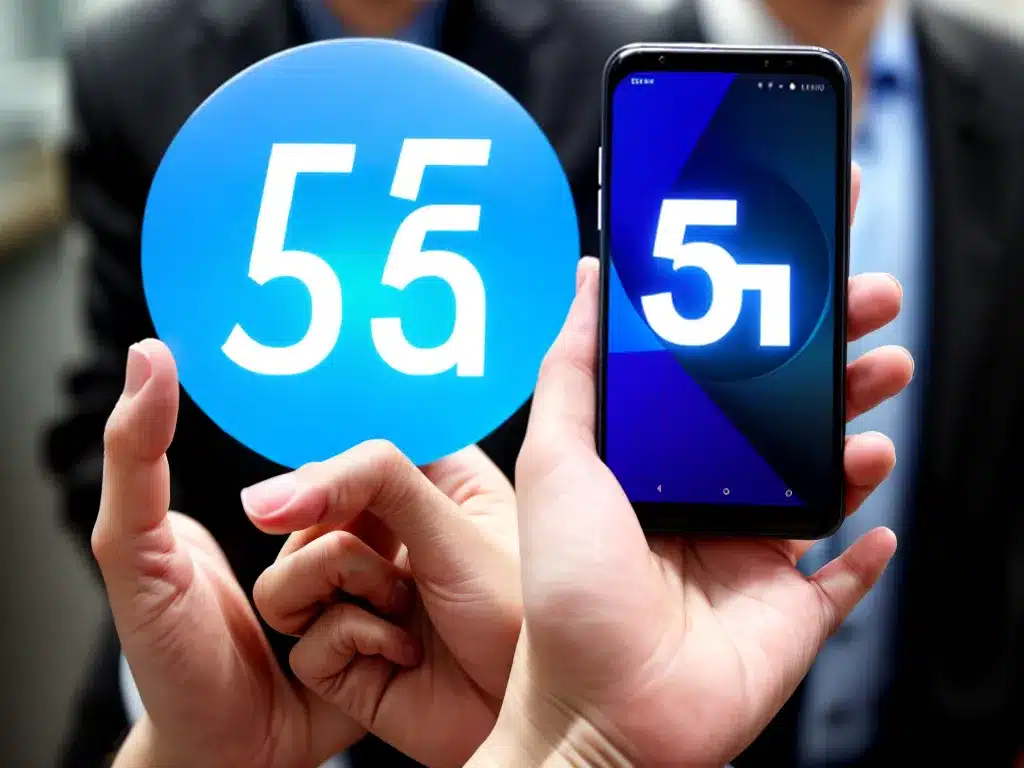
How 5G Will Change the Way We Use the Internet
5G is the next generation of wireless network technology, offering faster speeds and more reliable connections. As 5G networks roll out globally in the coming years, they promise to transform the way we use the internet in many exciting ways. Here’s an in-depth look at some of the key ways 5G will change how we use the internet.
Faster Speeds
One of the most touted benefits of 5G is the incredible speed increase over 4G. 5G offers peak theoretical speeds up to 20 Gbps, compared to 1 Gbps peak speeds on 4G LTE networks. Real-world speeds will likely land between 100 Mbps – 1 Gbps, but that’s still 10-100 times faster than 4G!
What does this mean in practical terms? 5G will enable us to download full-length HD movies in seconds versus minutes on 4G. Lag will be greatly reduced or eliminated when video chatting or playing online games. Buffering could become a thing of the past when streaming content. In general, our internet experiences will feel instantaneous and seamless with 5G speeds.
Lower Latency
In addition to faster speeds, 5G also promises much lower latency than previous network generations. Latency refers to the time between sending a request and receiving a response over the network. 4G networks have average latencies of around 50 milliseconds, whereas 5G aims for 1 millisecond or lower.
This ultra-low latency will benefit applications like virtual reality, augmented reality, and cloud gaming. It will allow for near real-time interactivity without delays or lags, enabling more immersive experiences. Autonomous vehicles will also benefit from lower latency allowing quicker reaction times for safety systems.
Expanded Capacity
5G networks are designed to support up to 1 million devices per square kilometer, a massive increase over 4G. This hugely expanded capacity will allow internet usage at scale like never before.
Some potential new use cases enabled by 5G capacity:
-
Smart cities – With the ability to connect massive amounts of sensors and devices, 5G can underpin smart city infrastructure like connected vehicles, intelligent traffic systems, and environmental monitoring.
-
IoT devices – From household appliances to wearables to industrial equipment, 5G’s expanded capacity will accelerate the Internet of Things by allowing more devices to remain constantly connected.
-
Industry automation – Factories and warehouses can implement automated robots, vehicles, and control systems supported by ubiquitous low-latency 5G connectivity.
New Spectrum Bands
5G utilizes new, higher frequency spectrum bands like mmWave (24GHz – 100GHz) that have far more bandwidth available versus the lower frequency bands used by legacy networks. The extra bandwidth from mmWave and other new 5G spectrum enables faster speeds, lower latency, and more capacity.
However, higher frequency signals have shorter range and are easily blocked. So 5G networks utilize a multi-band approach, combining the new high-band spectrums with existing low/mid-band frequencies that provide wider coverage. This allows operators to balance speed and capacity with range.
Enhanced Mobile Broadband
While pioneering new use cases, 5G will also greatly enhance traditional mobile broadband services like web browsing, video streaming, social media, and file downloads.
Here are some of the key improvements to mobile broadband with 5G networks:
- Download or stream 4K and 8K video content anywhere without buffering
- Access cloud apps and services faster than ever with reduced lag
- Enjoy AR/VR experiences with immersive quality on-the-go
- Seamlessly upload large files like 3D CAD designs and hi-res photos into the cloud
- Experience console-quality gaming in the palm of your hand on a mobile device
For consumers, 5G will take smartphones and tablets to the next level as content-consumption and creativity devices. Businesses will also benefit from maximizing productivity with ultra-fast connections for employees on the move.
New Architectures
To fully realize the potential of 5G, operators are deploying new network architectures. This includes virtualization via a cloud-based core, dynamic capacity allocation using network slicing, and edge computing via distributed mini data centers.
These architectural innovations will allow operators to tailor connections on-demand and deliver consistent quality of service for mission-critical applications. Network management can be automated using AI and machine learning.
So in summary, 5G is far more than just faster speeds – it encompasses transformative new technologies, architectures, and capabilities. As 5G coverage expands globally over the next few years, it will reshape the future of mobile connectivity and unlock possibilities we can only begin to imagine today. The bottom line is that 5G will fundamentally change our relationship with the internet.












